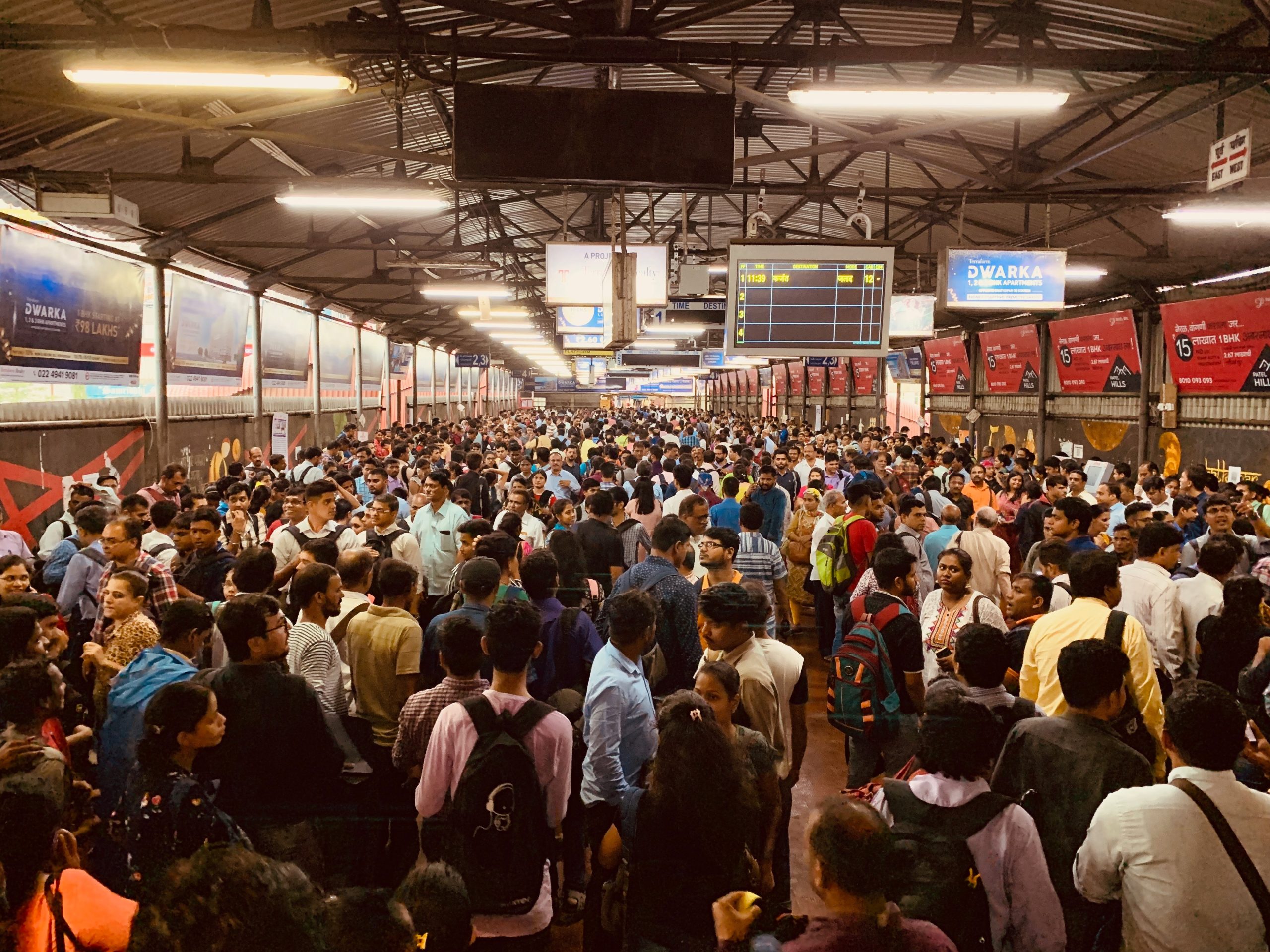India’s rapid urbanization presents both opportunities and challenges. As cities expand and populations swell, the need for efficient urban planning becomes paramount. Amidst this urban growth, the concept of well-planned towns emerges as a powerful solution to the myriad problems that often plague cities. This article delves into why a well-planned town is not just an option, but a necessity for addressing the urban complexities faced by Indian cities.
Urban Chaos: The Current State of Indian Cities
Indian cities, known for their vibrancy and diversity, often struggle with congestion, pollution, inadequate infrastructure, and insufficient green spaces. As populations surge, cities become more vulnerable to these issues, impacting the quality of life for residents. The traditional approach of haphazard urban expansion is proving unsustainable and detrimental in the long run.
The Essence of a Well-Planned Town
A well-planned town encapsulates meticulous urban design, systematic infrastructure, and sustainable development practices. It embodies a holistic vision that encompasses residential areas, commercial zones, recreational spaces, transportation networks, and essential services. A town designed with forethought and precision can alleviate the woes of urban sprawl and create a harmonious living environment for its inhabitants.
Efficient Land Use and Infrastructure
One of the key advantages of a well-planned town is its optimized land use and infrastructure. Well-defined zoning regulations ensure that residential, commercial, and industrial areas are strategically situated, minimizing commuting distances and traffic congestion. Adequate provision of roads, public transportation, and utilities becomes an inherent part of the design, enhancing accessibility and reducing the burden on existing infrastructure.
Green Spaces and Environmental Sustainability
Well-planned towns prioritize green spaces, parks, and recreational areas within their layout. These pockets of nature not only enhance the aesthetic appeal of the town but also contribute to the physical and mental well-being of its residents. Moreover, integrating eco-friendly practices like efficient waste management, rainwater harvesting, and renewable energy sources can significantly reduce the town’s ecological footprint, promoting a sustainable way of life.
Community Engagement and Social Cohesion
Strong communities are the backbone of any thriving town. A well-planned town encourages community engagement by providing spaces for social interaction, cultural activities, and local markets. Residents feel a sense of ownership and belonging, fostering social cohesion and unity. This not only enhances the quality of life but also contributes to safer neighborhoods and a more harmonious environment.
Economic Opportunities and Job Creation
Strategic town planning can attract investments and economic opportunities. When commercial and industrial zones are well-organized and supported by modern infrastructure, businesses are more likely to flourish. This, in turn, leads to job creation for local residents, reducing unemployment rates and promoting economic growth within the town.
Mitigating Urban Sprawl and Slums
One of the most pressing issues in many Indian cities is the unchecked growth of slums and informal settlements. A well-planned town with affordable housing options can prevent the emergence of slums by providing proper housing for all segments of the population. By channeling urban growth into planned areas, the expansion of informal settlements can be curtailed, leading to more organized and manageable urban development.
Lessons from Successful Examples
India already boasts some well-planned towns that serve as inspirations for future urban development. Chandigarh, often considered a masterpiece of urban planning, stands as a testament to the effectiveness of meticulous design principles. With its organized sectors, green belts, and well-distributed amenities, Chandigarh remains a model for creating functional and aesthetically pleasing urban spaces.
Challenges and Implementation
Implementing a well-planned town in India comes with its share of challenges. Existing cities may require retroactive urban planning to reconfigure and optimize their layouts. Balancing economic growth with sustainable practices can also pose dilemmas. The key lies in political will, stakeholder cooperation, and a commitment to long-term benefits.
As India’s cities continue to evolve, the demand for well-planned towns is more crucial than ever. The challenges posed by rapid urbanization necessitate a shift from conventional urban expansion to thoughtful, systematic planning. A well-planned town isn’t just a blueprint; it’s a vision for a better urban future, one where efficiency, sustainability, and quality of life converge. By embracing this concept, Indian cities can transform into dynamic, inclusive, and harmonious urban spaces for generations to come.



